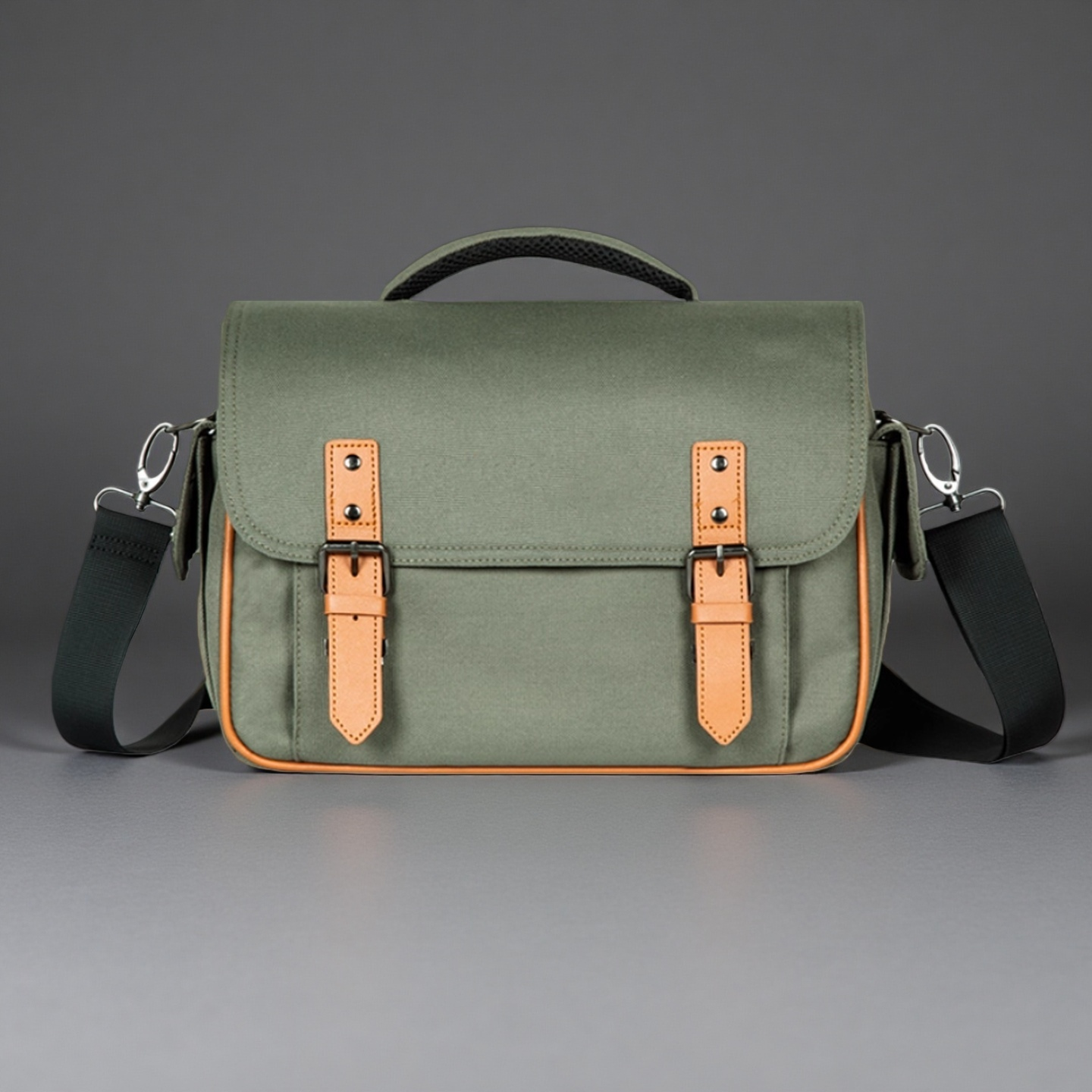
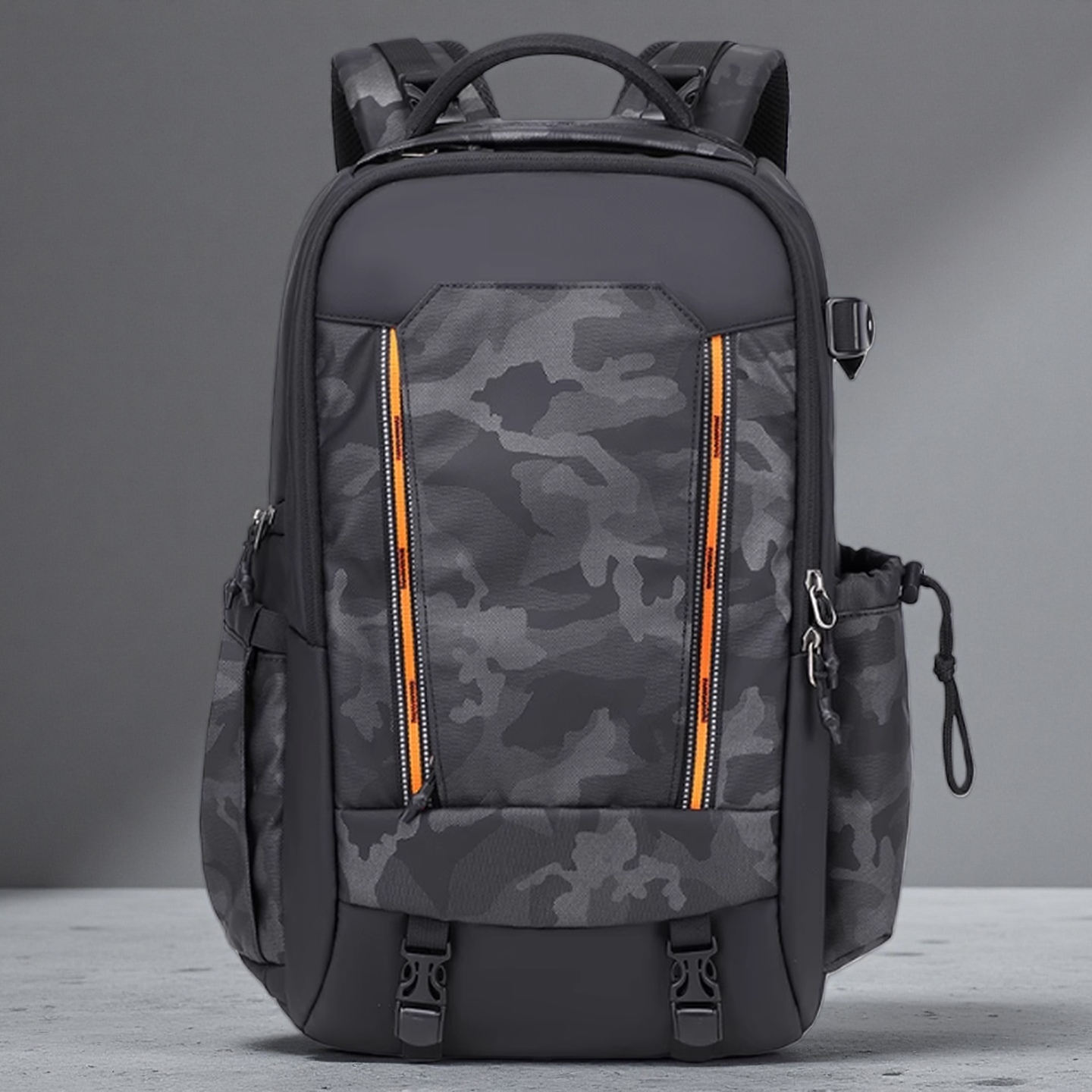

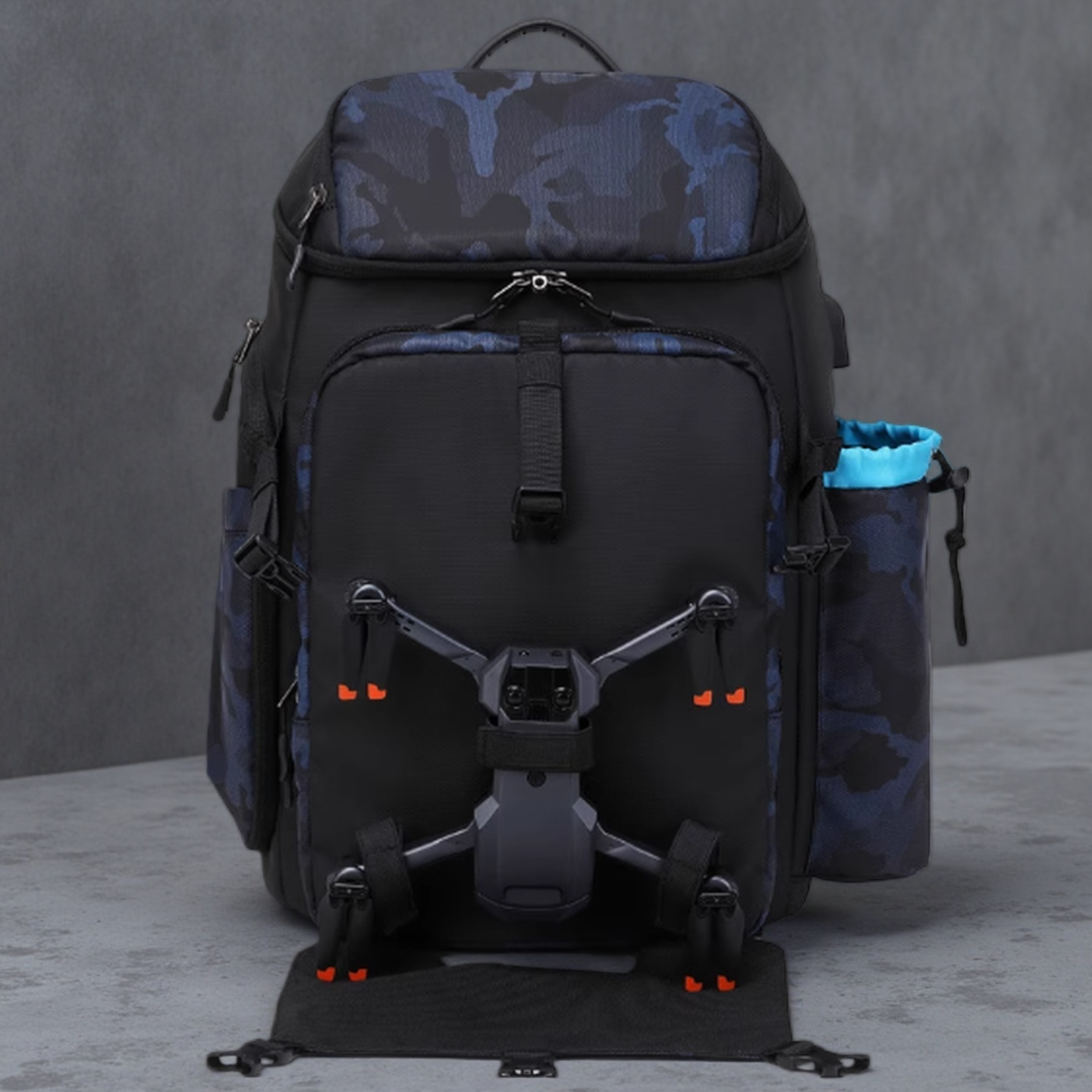




In the process of serving multiple Amazon luggage merchants in the past, they often encountered various product bottlenecks and the problem of products not being loved by overseas consumers:
Why can't the same bag products sell well overseas when they are popular domestically?
It is difficult to grasp the market trend of "blind people touching elephants", how can we truly see the overseas direction?
How to design in the face of a pile of market data? Make differentiation and upgrades?
These confusions are actually quite common, and many Amazon merchants have experienced or are currently experiencing similar problems: following the trend and chasing short-term bestsellers leads to unsold products, data analysis is difficult to start, and product homogenization lacks uniqueness.
Based on past service experience, OSAMIC has summarized the "3 major directions" for breakthroughs in Amazon luggage products. We hope to assist you in developing new products and take notes as soon as possible.
Many of our Amazon merchant customers have blindly followed the trend, immediately listing similar styles of bags when they see them selling well, but the result is often just a flash in the pan. Why can it sell well? Why can it become a popular product? Why can it impress consumers? The answer must be found from three aspects: product, market, and consumer; Only in this way can we truly understand the logic behind it.
During our collaboration with Amazon merchants, we often emphasize the importance of researching market data and selecting bag categories that are stable and have room for growth or continuous upward fluctuations, rather than chasing fleeting bestsellers.
For example, if it is found through data that the demand for a certain type of functional backpack continues to rise and the seasonal fluctuations are small, it can be tentatively designated as one of the new product directions. Simultaneously analyze the main brands in the market and their own supply chain advantages (if not available,we can provide), and identify niche entry points with less competition. A strategy based on trends and data can avoid market pitfalls, invest resources in the right categories, and lay the foundation for subsequent success.
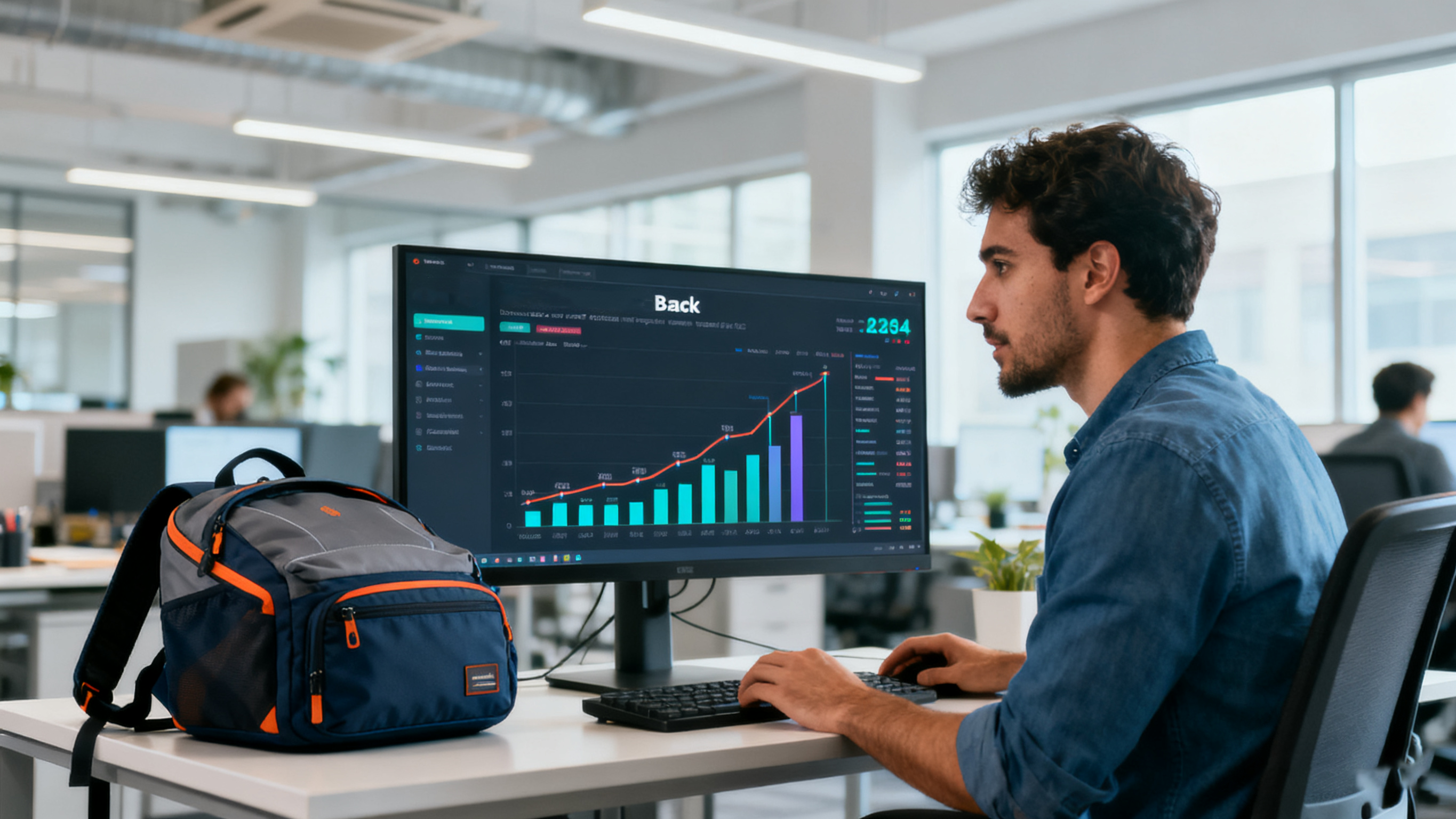
After confirming the category, differentiation is the key to a product standing out.
Facing a bag market with numerous competitors, if a product lacks uniqueness, it is easy to fall into a price war. Many customers have also experienced the problem of product homogenization. Later, after summarizing their experience and collaborating with our professional design team, they analyzed the pain point that consumers are most concerned about from multiple perspectives: whether the bag is easy to store? Is the material durable and environmentally friendly? Can design style showcase individuality? Can it solve consumer pain points, etc.
Only products that truly meet the core needs of consumers can sell and solve their pain points.
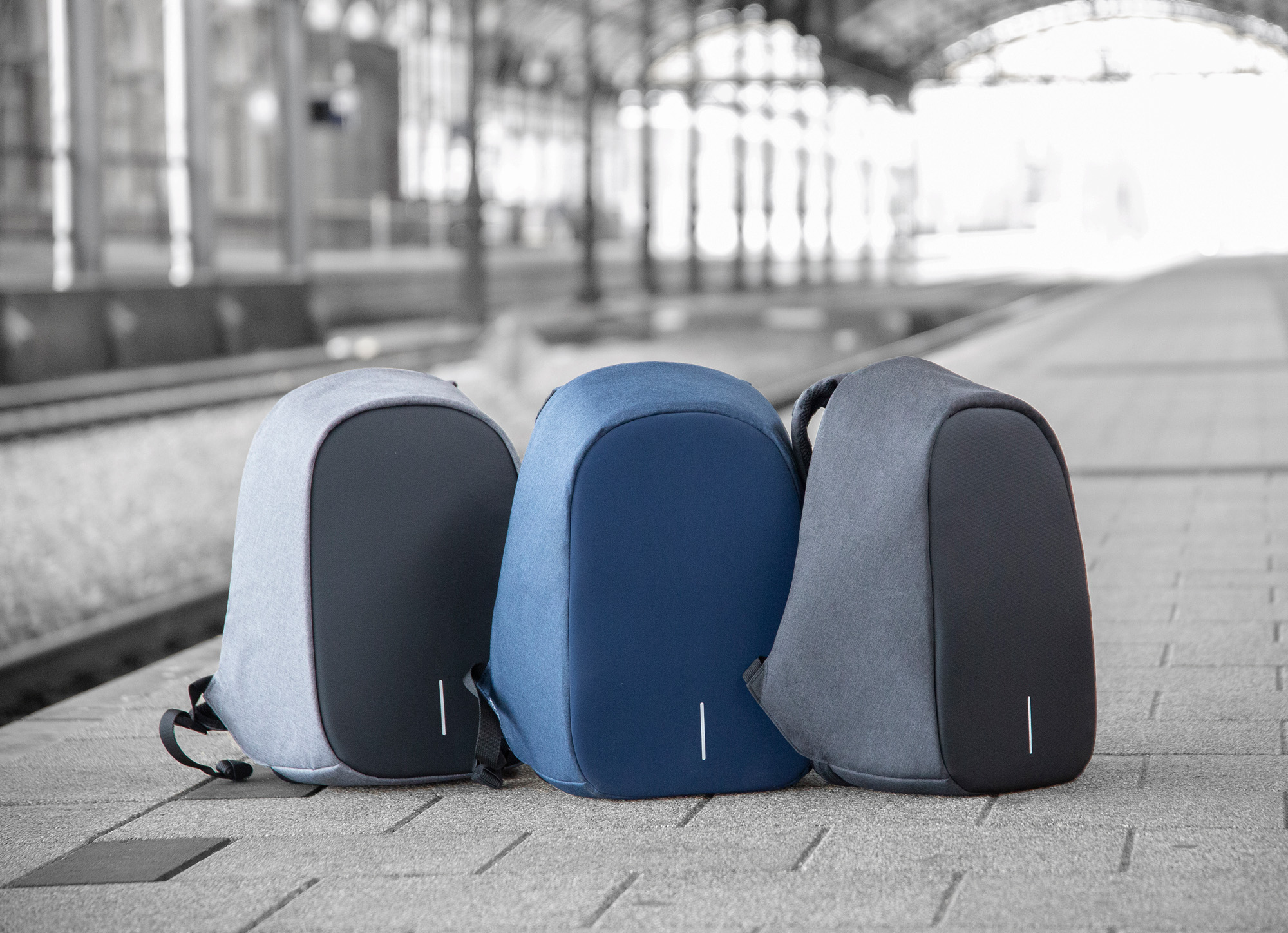
We usually design new bags based on customer needs and provide nearly a hundred pages of detailed market, product, and consumer research reports to inject unique selling points into them.
For example, people who love outdoor travel are most concerned about the capacity and comfort of their backpacks. Therefore, we have strengthened the design with multiple storage categories and a stress relieving backpack system. At the same time, innovate in functionality, appearance, and usage scenarios to establish product differentiation advantages. The new product from the end customer finally has a distinctive feature that catches the eye of consumers, no longer competing with the generic products on the market in the red ocean.
In the process of product development, it is important to recognize the importance of quality and user experience. In Amazon's luggage market, consumers are most concerned about quality and practicality when purchasing bags. Therefore, we will never be careless in material selection and workmanship: we choose durable and lightweight fabrics, sturdy and reliable hardware accessories, and repeatedly test to ensure that details such as zippers and shoulder straps are durable and not in any condition. At the same time, a thoughtful small hook can be designed for easy hanging of keys, optimizing the user experience; These user-friendly details have received a lot of praise.
When consumers feel that they are getting better value for their money, they are naturally willing to give high evaluations and recommend others, forming a virtuous cycle of word-of-mouth effect.

When it comes to implementing differentiated design for bag products, what aspects can we start from?
This is one of the most common questions we consider when designing new products for our clients. Here are several effective ways we have summarized to achieve differentiation:
Put effort into the functionality and give the bag new uses and convenience. For example, designing a expandable zipper structure that allows backpacks to "grow" when needed while remaining lightweight when not in use, or building a mobile device charging interface in a business handbag for commuters to charge their phones at any time. Alternatively, based on the experience of mother bags, special features such as insulated bottle bags and anti lost ropes can be added to meet the needs of specific ethnic groups. This type of functional innovation can directly hit the pain points of users and enhance product value.
Breaking the limitations of traditional packaging styles and seeking innovation and variation in structural design. We create novel contours by changing the packaging structure. For example, the recently popular item bags, box bags, and even transformable folding bags are all designed with structural variations, giving people a refreshing feeling. Alternatively, modular components can be added to the backpack, allowing users to adjust the storage space by adding or removing internal partitions, making the product more interactive and personalized. These structural ideas can form a clear distinction, avoiding being drowned out in the same uniform package style.
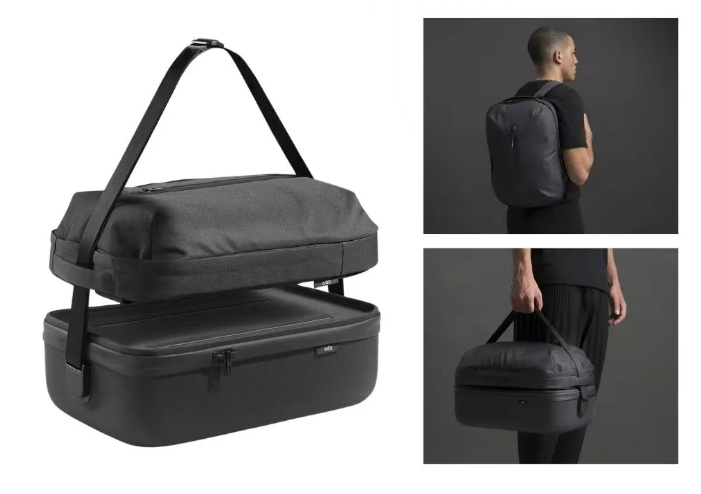
Materials can give bags a unique texture and story. Choosing differentiated materials is a good way to break free from mediocrity in products. For example, backpacks made from recycled plastic bottle fibers or eco-friendly canvas cater to the current trend of valuing sustainability and have become one of the selling points of the product. For example, using leather and fabric splicing, canvas with genuine leather trim, creating a visual and tactile contrast, can make the bag more distinctive.
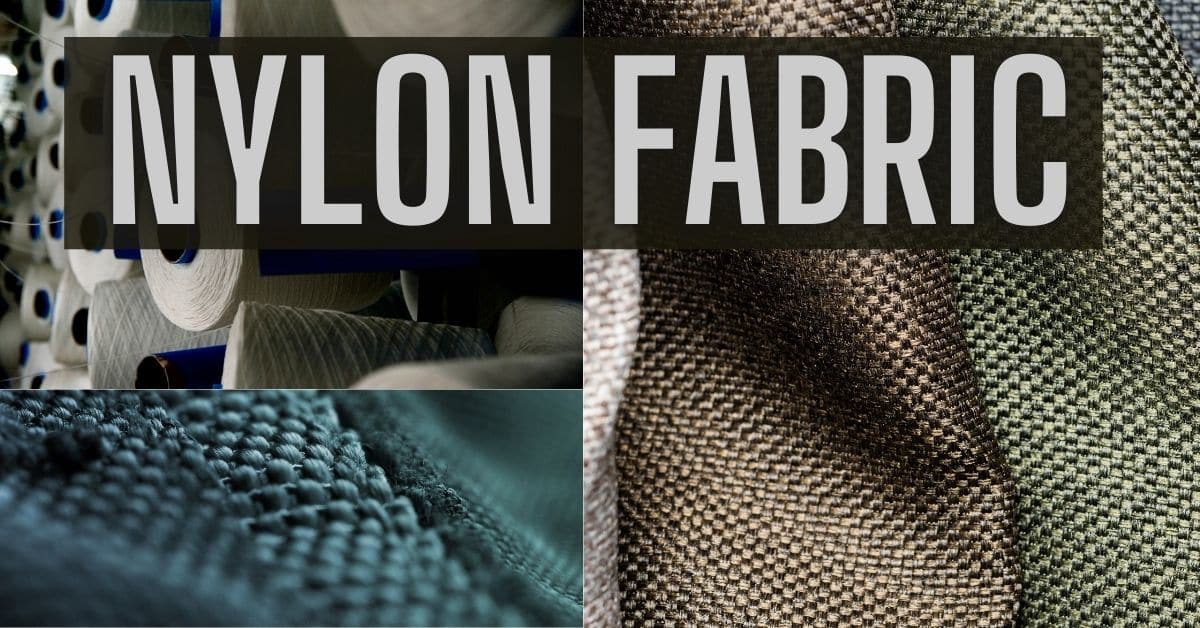
Different customer groups have different preferences for styles, and customized design for specific groups is also a part of differentiation.
When designing products for clients, we first outline the ideal customer's profile (User Personality): for example, urban office women may prefer simple, versatile, lightweight, and fashionable bags; Outdoor adventure enthusiasts value durability, waterproofing, and versatility; Young trendsetters prefer novel co branded designs, fresh color schemes, or anime elements, among others.
After understanding these preferences, product design can incorporate corresponding elements in a targeted manner, making the bag style match the personalized taste of the target customer group. The feeling of "tailor-made for a certain type of consumer" can greatly enhance the attractiveness of the product to that group.
Many friends may initially be stocking merchants, with messy bag styles and no obvious brand recognition on the shelves. As competition intensifies, only by building one's own brand can one have a loyal customer base and higher premiums; Merchants must start the journey from stocking to brand transformation
Upgrading the brand is not an easy task, but fortunately, we have found OSAMIC to assist. They made me understand that building a brand requires a comprehensive strategy that covers all aspects from visual image to story concept.
---Real customer feedback
We first clarified the brand positioning, who the core customer group the brand wants to serve, how the style and tone are positioned, and what are the unique features compared to competitors. In response to these issues, we have held several meetings with our clients to discuss and position our brand as a "multi scenario bag brand that focuses on women who can switch freely between cross city business trips and nighttime gatherings", emphasizing the combination of urban fashion and practicality.
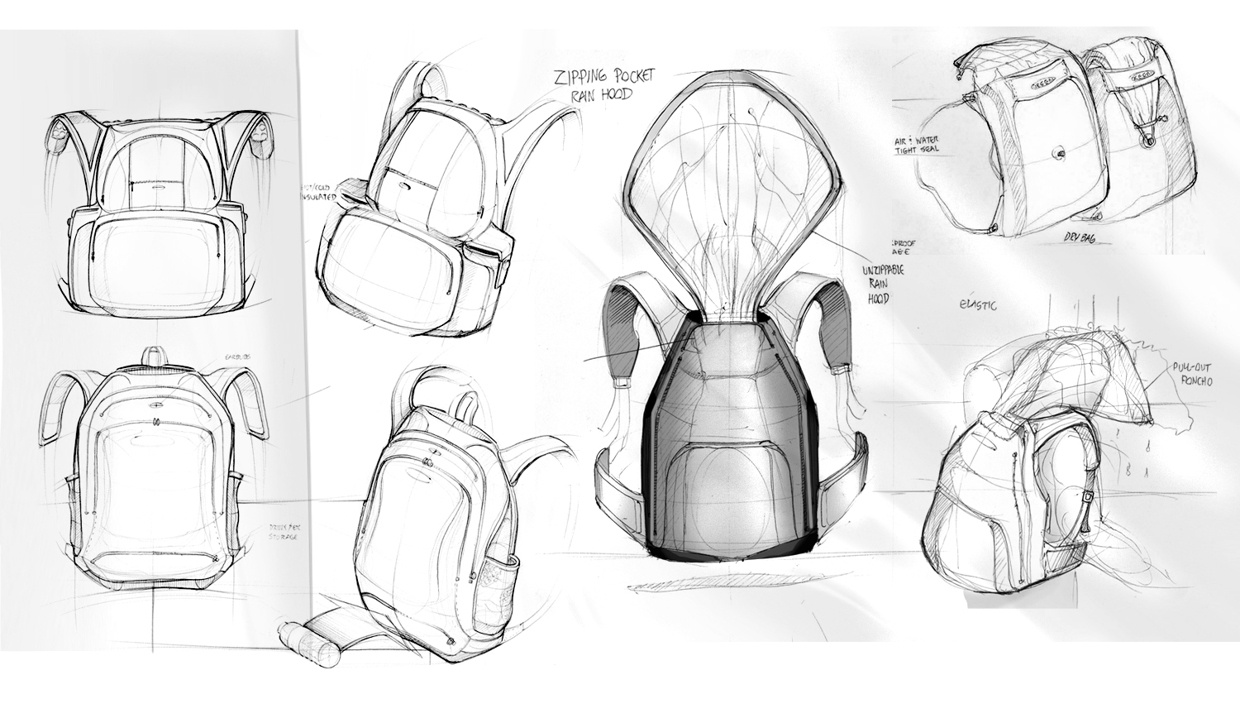
In terms of visual recognition, we also provided professional support by redesigning the brand logo for our clients, selecting exclusive color tones and appearances with recognition, as well as the story behind the logo, and maintaining a consistent visual style on all products and packaging. For example, by using unified iconic hardware accessories and patterns, all bags have family consistency in details. We also assisted in establishing a brand exclusive visual material library for Amazon store pages and social media promotion. These jobs are subtly shaping the brand image, creating trust and goodwill among consumers towards the brand.
We also strive to enhance the consistency of consumer experience: from the moment customers enter the store page, to receiving the package and unpacking it, to using the bag every day, we strive to make them feel the brand's dedication.
Through the above upgrades, we have successfully transformed our customers from sellers who only know how to distribute goods to sellers of our own brand. The benefits brought by branding are obvious: products are no longer reduced to comparison objects, and even if the price is slightly higher, consumers are willing to pay for the brand value.
More importantly, owning a brand establishes long-term competitive barriers in the market, making it less susceptible to being copied and surpassed by newcomers. Seeing more and more overseas consumers identify with and love the brand is also a great achievement and encouragement for us at OSAMIC.